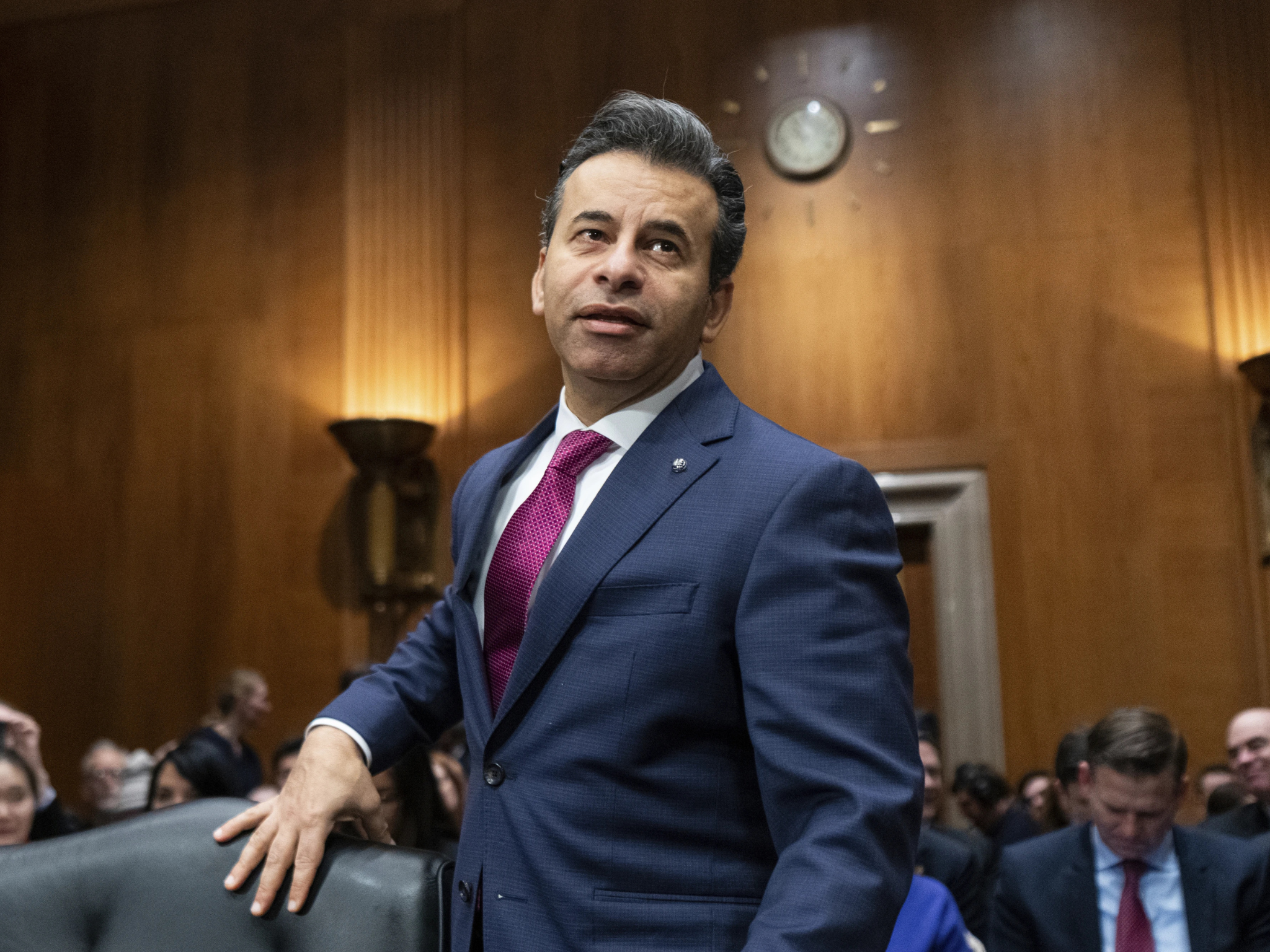Amidst the escalating discussion surrounding pharmaceutical costs in the United States, two distinct methodologies have surfaced: one grounded in political compromise and the other in systematic governmental regulation. With the spotlight now on the impending Medicare drug price discussions, the inherent conflict between immediate accords and enduring systemic change is becoming progressively apparent.
Former President Donald Trump has recently highlighted a series of new deals with pharmaceutical companies aimed at reducing the cost of popular weight loss and diabetes medications, such as Wegovy and Zepbound. These voluntary agreements, he claims, will help make treatments more accessible to Americans. However, while these announcements have generated significant media attention, Trump has said little about a government-led effort expected to have a far broader and more lasting impact — the Medicare drug price negotiation program, introduced under President Joe Biden’s Inflation Reduction Act of 2022.
The program grants Medicare the power to negotiate directly with drug manufacturers on some of the country’s most expensive medications, aiming to bring sustainable relief to millions of older adults. According to the Centers for Medicare and Medicaid Services (CMS), the second round of negotiated prices is set to be released by the end of November, covering 15 prescription drugs — including Ozempic and Wegovy — compared with 10 in the previous cycle. Although the new rates will not take effect until 2027, experts believe this process represents one of the most consequential steps toward lowering drug costs in U.S. history.
Differing perspectives on pharmaceutical cost restructuring
The contrast between Trump’s approach and the structured Medicare negotiation process has drawn attention from health policy experts. Trump’s strategy leans heavily on executive actions and voluntary deals with pharmaceutical companies rather than on legislative frameworks. His administration recently reached agreements with Novo Nordisk and Eli Lilly, the companies behind Wegovy and Zepbound, to reduce prices on certain doses. In exchange, the deals reportedly include tariff relief and faster Food and Drug Administration (FDA) review for new drugs — though details remain vague.
Critics argue that such arrangements may provide short-term political victories rather than long-lasting solutions. “These ad hoc negotiations appear to prioritize public announcements over systemic change,” said Dr. Benjamin Rome, a health policy researcher at Harvard Medical School. Rome emphasized that while lowering drug prices through executive action might offer immediate visibility, it lacks the predictability and accountability built into the Medicare negotiation framework.
The voluntary deals, while potentially beneficial for specific drugs, also raise questions about transparency and consistency. Without clear oversight or formal cost-control mechanisms, experts remain uncertain about whether they will translate into meaningful savings for patients. Meanwhile, the Medicare negotiation program, by contrast, sets out a legal and repeatable process intended to lower costs for a growing list of drugs over time.
The significance of Medicare’s negotiation authority
The Inflation Reduction Act marked a historic shift by giving Medicare — the nation’s largest buyer of prescription drugs — the authority to bargain directly with manufacturers. Before its passage, the federal government was barred from negotiating prices, leaving pharmaceutical companies free to set rates largely unchecked.
The first round of negotiations, announced in 2024, targeted ten high-cost drugs, including the blood thinner Eliquis and several treatments for cancer and diabetes. These initial agreements, set to take effect in 2026, were projected to save Medicare enrollees around $1.5 billion in out-of-pocket expenses in their first year alone. The second round, now underway, is expected to have an even broader impact as it incorporates medications that have seen exponential growth in demand, such as the GLP-1 class used for diabetes and weight loss.
The Congressional Budget Office (CBO) anticipates that by 2027, the negotiated prices of Ozempic and Wegovy will drop substantially — cutting Medicare’s per-patient spending on these drugs by about one-third. The ripple effect could also pressure competing drugs, including Mounjaro and Zepbound, to reduce their prices, amplifying savings across the market.
For specialists such as Stacie Dusetzina, a health policy academic at Vanderbilt University, these occurrences demonstrate how structured discussions can instigate genuine market shifts. “We are all anticipating the formal announcement of the updated prices,” she stated. “It’s quite conceivable that the expectation of these discussions has already impacted other pricing choices.”
Political Discourses and Financial Circumstances
Despite the program’s promise, the Trump administration has mostly refrained from commenting on it. The White House, instead, consistently emphasizes its voluntary agreements with drug manufacturers as proof of its dedication to reducing expenses. In a formal declaration, spokesperson Kush Desai asserted that although Democrats “promoted the Inflation Reduction Act,” it ultimately “raised Medicare premiums,” contending that Trump’s direct negotiations with pharmaceutical companies are yielding “unprecedented” outcomes.
Health policy analysts, however, caution against dismissing the Medicare negotiation process as ineffective. They note that while voluntary deals may generate attention, they cannot replace structured policy reforms embedded in law. “The Inflation Reduction Act’s negotiation program is not only active but expanding,” said Tricia Neuman, executive director of the Medicare policy program at KFF. “It’s designed to bring down the cost of far more drugs over time.”
Experts also highlight that pharmaceutical firms have compelling reasons to collaborate with Medicare. Declining to engage in discussions could result in forfeiting entry to one of the globe’s most extensive and profitable prescription drug sectors—a decision few drug manufacturers are prepared to hazard. While numerous corporations have legally contested the negotiation power, none have managed to stop the procedure.
Rome reaffirmed that the negotiation structure put in place by CMS is intentional and robust. “This procedure has been meticulously designed and will persist annually,” he stated. “It’s improbable that separate agreements, even with prominent manufacturers, would undermine it.”
A broader impact on healthcare affordability
The discussion surrounding optimal strategies for lowering pharmaceutical expenses highlights a more fundamental inquiry into the trajectory of healthcare policy within the United States. Data from KFF indicates that one out of every five adults foregoes necessary prescriptions due to their expense, a clear illustration of the financial strain experienced by countless Americans. For senior citizens living on fixed incomes, the distinction between a temporary price cut and a lasting decrease in cost can dictate their ability to reliably obtain their essential medications.
By establishing a structured negotiation process within Medicare, the Inflation Reduction Act aims to build a consistent system that progressively grows. With each subsequent phase, additional medications are included, incrementally transforming the financial landscape of the pharmaceutical sector. Should it achieve its objectives, this initiative has the potential to forge an enduring paradigm for harmonizing innovation, accessibility, and responsibility.
Meanwhile, Trump’s ad hoc agreements underscore the challenges of balancing politics with policy. Voluntary deals may deliver quick headlines and selective savings, but without systemic oversight, their long-term benefits remain uncertain. Experts warn that relying solely on private agreements could leave gaps in affordability and undermine efforts to establish consistent nationwide standards for pricing.
As the country anticipates CMS’s announcement of the recently negotiated prices later this month, the distinction between these two methodologies has become exceptionally pronounced. One perspective, exemplified by Trump’s strategy, centers on negotiation via leverage, highlighting promptness and public awareness. Conversely, the Medicare initiative functions through statutory frameworks and established authority, valuing consistency and equity above rapid outcomes.
The outcome of these approaches may shape the future of prescription drug policy for years to come. For millions of Americans struggling with rising medication costs, the stakes could not be higher.
Ultimately, both approaches embody contrasting viewpoints on the management of governance and market dynamics. Although informal agreements might provide immediate respite, formalized negotiations hold the potential for a more lasting impact — a fundamental change in how the nation perceives health, equity, and responsibility within its core frameworks.




